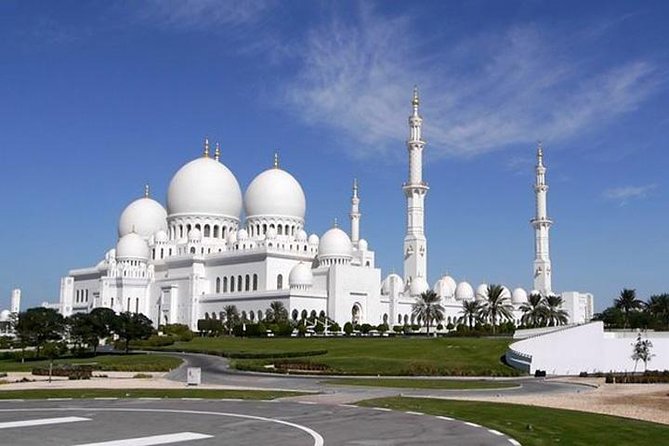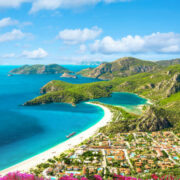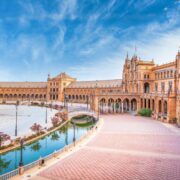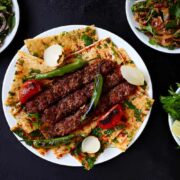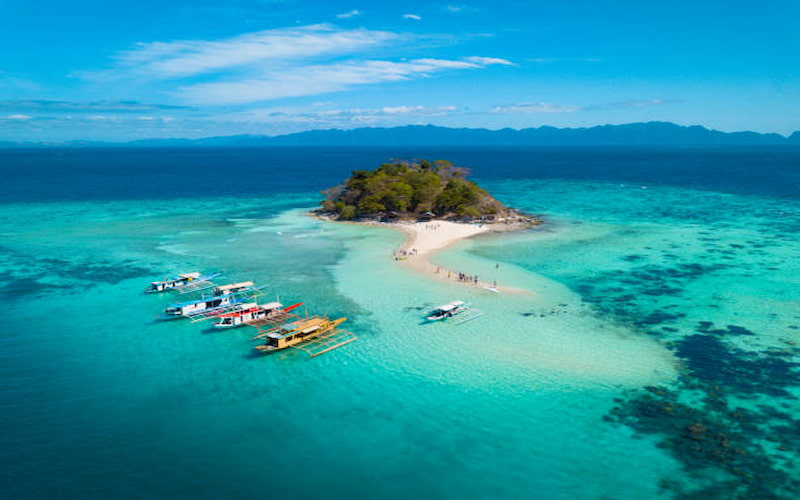
Discover the Rich Culture of the Philippines
Philippines is a nation of over 7,000 islands and each of them has its own beauty, history, and traditions. More than just its clean sand beaches and renowned diving sites, what draws the travelers to this country is its rich cultural fabric which is the product of centuries of influences. The heritage of native culture and the Spanish colonialism combined with contemporary Filipino innovativeness; the culture of Philippines is rich enough to encourage the visitor to look beyond the natural beauty of the country.
Discover the Culture of the Philippines to learn of the people, their hospitality and their strength of spirit. Whether you are going to see historical cities, participate in some colorful festivals or experience authentic local food, every moment will provide you with an opportunity to know more about this interesting archipelago. Philippines visa and the Philippines tour package can make your cultural trip smooth and enjoyable before you make your adventure.
Here are some of the Discovering the Rich Culture of the Philippines
Manila Colonial Heritage
The capital Manila is a living museum of colonial Philippines. The Intramuros historic district is characterized by old churches, cobblestone streets and old Spanish fortifications. In this case, tourists are allowed to tour Fort Santiago and marvel at the San Agustin Church that is a World Heritage Site as recognized by UNESCO. These locations are evidence of the profound Spanish influence that has affected Filipino architecture, religion and everyday life since more than three hundred years.
Festivals: A Vibrant Life Festival
Philippine festivals are colorful manifestations of spirituality, culture and art. Festivals such as Sinulog in Cebu, Ati-Atihan in Kalibo and Pahiyas in Lucban unite people through dancing, music and colorful dresses. They are indigenous festivals that have their origin in local rituals combined with Catholic practices, and they allow visitors to have a touch of how Filipinos lived in communities. When you book a Philippines tour package at the time of the festivals you can enjoy this cultural delight yourself.
Culinary Traditions: A Taste of Things to Come
The Filipino culture revolves around food, and it narrates the history of trade, colonization, and local creativity. Signature dishes such as adobo, sinigang and lechon feature native ingredients cooked using techniques influenced by the Chinese, Spanish and American cuisines. There are street food stalls, bustling markets, where one can find everything, including savory skewers and sweets such as halo-halo. Discovery of local food is not only about the taste but also about knowing the cultural heritage of the Philippines.
Native Arts and Crafts
Inhabitants of the islands preserve centuries-old crafts, which are preserved in indigenous communities. These forms of art include handwoven textiles of the Ifugao and Tboli people, elaborate wood carvings and pottery that carry tribal tales and ideologies. These handmade crafts are sold to visitors as souvenirs or they can attend workshops to learn how to weave and bead in a more cultural way, making their trip even more interesting.
Music and Dance the Pulse of Filipino Culture
Filipinos still focus on the traditional music and dance. Other dances such as tinikling in which dancers deftly step over bamboo poles or the graceful pandanggo sa ilaw danced with balancing oil lamps are a mixture of native and foreign influences. These dances are accompanied by folk music using the native instruments such as kulintang gongs and bamboo flutes. These are not only entertainment but rather a national identity celebration.
Conclusion:
Philippines goes beyond the postcard-perfect islands to give visitors a look at a vibrant, strong and deeply religious culture. As you visit colonial sites in Manila, attend lively festivals or sample the delicacies and artworks of the locals, you are closer to finding out what the Filipino spirit is all about.
Don t forgets to apply your Philippines visa and get various Philippines tour package to suit your interest, either historical tours or cultural workshop. You may feel that you have not just memories but also an increased understanding of this very diverse, but very welcoming country, when you have discovered the rich culture of the Philippines.
Recent Posts
Discover the Most Beautiful Beaches in Turkey
10 Best Cities to Visit in Spain
12 Must-Try Turkish Dishes and Where to Eat Them
Tags
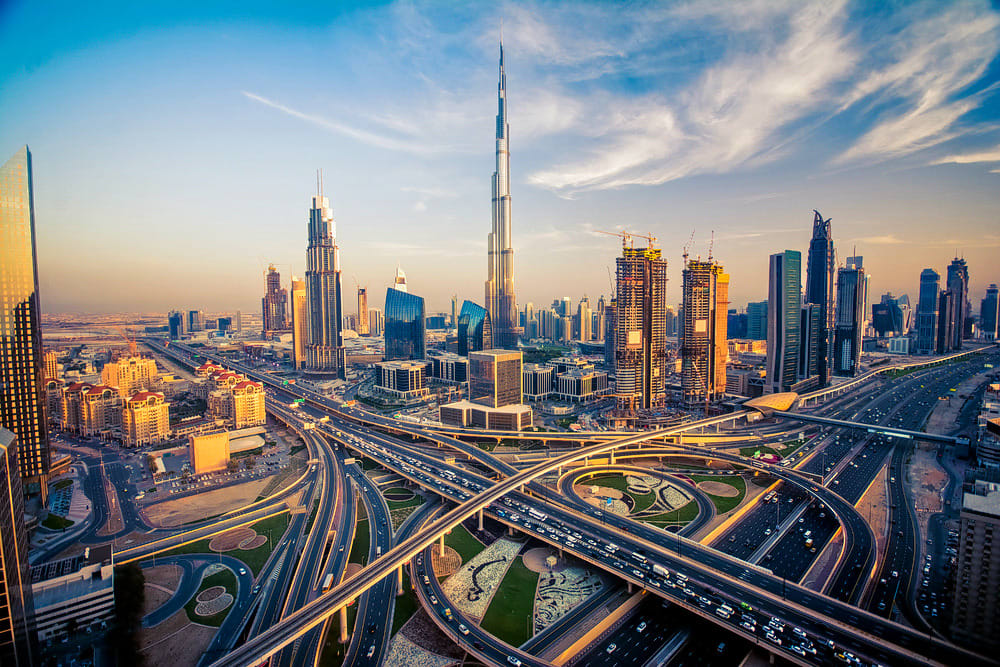
Dubai
